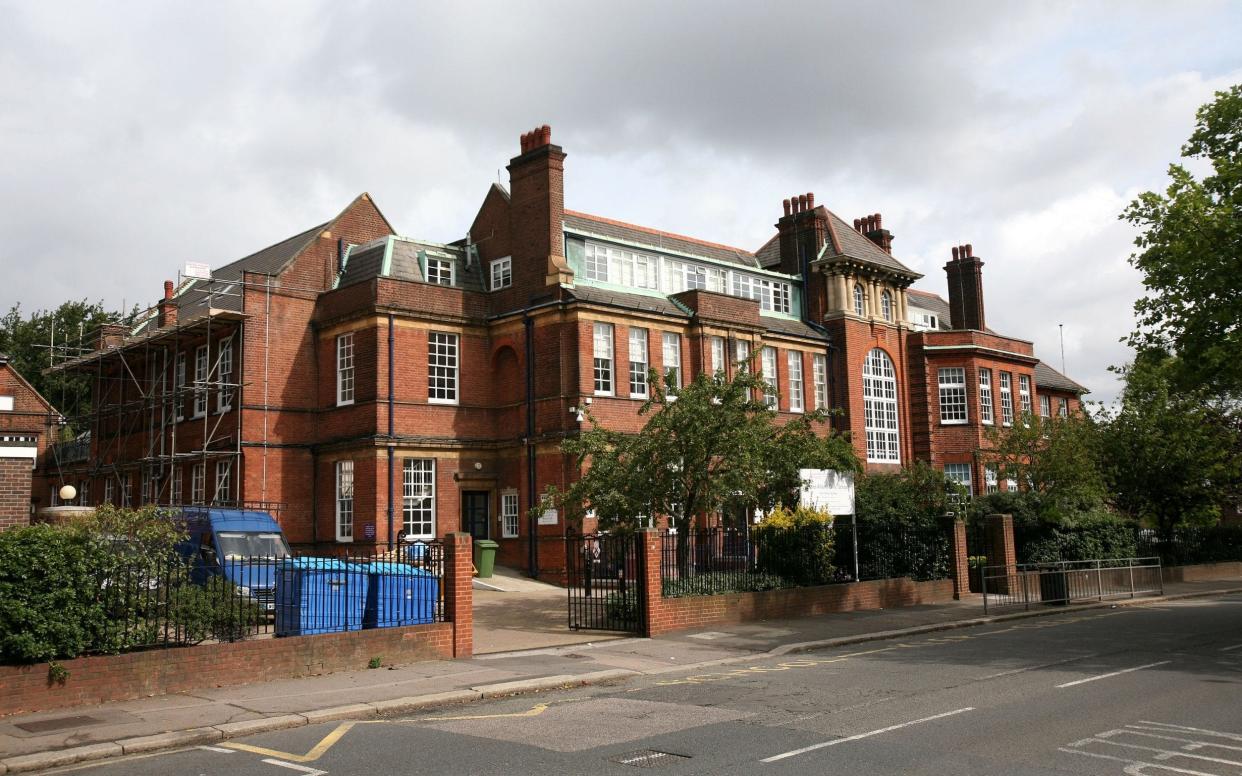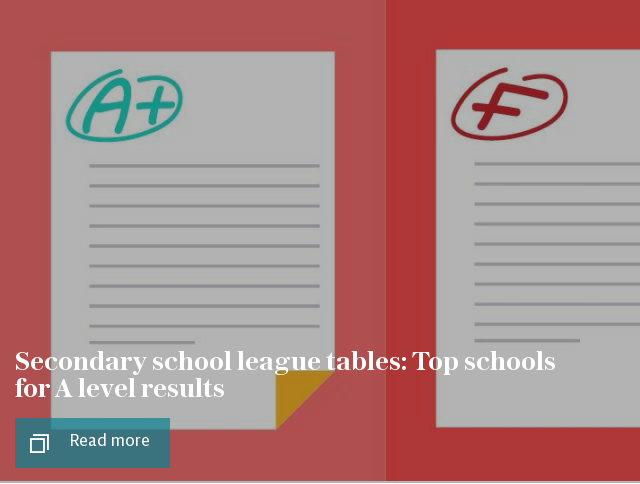Bursaries mean private schools 'more diverse' than grammars

Private schools are now more socially diverse than grammars, a leading headmistress has claimed.
Sally-Anne Huang, head of the £18,000-a-year James Allen’s Girls’ School (JAGS) in south London, said that pupils at fee-paying schools mix with peers from a range of backgrounds since there are so many pupils receiving bursaries.
She said that 16 per cent of her girls are on bursaries, and the average bursary makes up 85 per cent of the cost of fees. But far from this putting parents off sending their daughters there, it is in fact sought after, she said.
“My experience is that parents will come to JAGS - fee-paying parents who can easily afford our fees - will tell me that they've chosen us over other independent day schools in London because of that,” she said.
“They think it indicates the moral compass of the school and also they prefer for their daughters to be educated in a socially diverse community.”
Parents do not want their children to grow up in a bubble and would rather they mix with pupils from a range of ethnic, cultural and socio-economic backgrounds because that better reflects modern British society, she said.
Ms Huang, who was previously headmistress at Kent College, Pembury, added: “My previous school was in Kent. It was certainly the case at that time that one of the girls’ grammar schools you would have to buy a house within a mile of the school in order to go there and therefore the price of those houses shot up through the roof. It was for some people more affordable to pay my independent school fees than to buy a house.”
Sue Hincks, head of the girls' division of the £12,000-a-year Bolton School, said: “In a school like ours which offers one in five bursaries, of which the majority are going to children on free school meals, we know we have a very socially diverse population in front of us.
“Those children are selected on ability, but they also come to us because we are offering them a place, including a free school meal.”
She said that proportion of pupils at her school on bursaries compares “very favourably” with local grammar schools, “where many of the children are there because they are able but they are also in the catchment area”.
Ms Hincks added: “And the catchment area has house prices which are such that you would have to have a relatively good income in order to be able to go to the school.”

The heads were speaking at the annual Girls' School Association conference, which represents the heads of the country’s leading independent girls’ schools. Its members include South Hampstead High School in north London, which counts the actress Helena Bonham Carter among its alumnae, and Oxford High School where the pottery tycoon Emma Bridgewater and the actress Dame Maggie Smith studied.
Private schools are under growing pressure on the country’s most prestigious private schools to step up their efforts to help less well-off pupils.
Three quarters of independent schools in England are registered as charities, earning them favourable business rates and VAT exemptions on fees.
To qualify as a charity they must demonstrate that they provide “public benefit” to a reasonably wide section of the public, rather than to a narrow group of wealthy individuals. Traditionally this has been done by offering bursaries and fee discounts to children from disadvantaged families.

 Yahoo News
Yahoo News 
